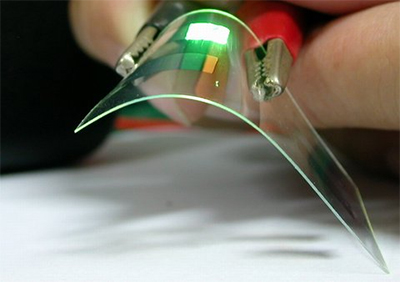Then and Now: The History of Display and LED Technology
With all of the advancements being made in display technology, it’s hard to believe that the knowledge used to create and develop this technology is over a hundred years old. In fact, the first baby steps into the field of display technology began as far back as 1897 when Karl Ferdinand Braun, a physicist and inventor, built the first Cathode-Ray Tube. This small tube would enable the very first televisions to be built and create an industry that has advanced in leaps and bounds from its humble beginnings.
The second major break in display technology came ten years after Karl Ferdinand Braun in 1907 with the discovery of Electroluminescence. This naturally occurring phenomenon would provide the first breakthrough for LED technology. 1952 saw the development of the very first curved screen display, and was installed in only a handful of movie theaters across the country. That technology would not be available to consumers for over fifty years.
The next big step forward in display history was the invention of the first LED bulb in 1961. Robert Biard and Gary Pittman patented the first infrared LED light for Texas Instruments. The very next year Nick Holonyack produced the first visible light LED. Two years later, in 1964, display technology took another leap with the invention of LCD and Plasma screens by American inventor James Fergason.
Even though touchscreen smartphone displays are relatively new technology, the first of these displays was invented as early as 1965 and was first used for air traffic controllers. Similarly HDTV really gets its start in Japan during the 1960s and 1970s, even though HDTVs don’t reach the U.S. until 1998. By the time you get to displays in the 90s, OLEDs have been invented by Kodak and we have the first full color plasma displays.
Incredibly, the display industry has rapidly expanded and will continue to do so. Displays of various sizes, forms and technology will be developed for diverse applications. With it the necessity for accurate display testing systems will grow considerably as well. Konica Minolta has a number of display measurement systems available to meet the ever-changing needs in the display industry.











